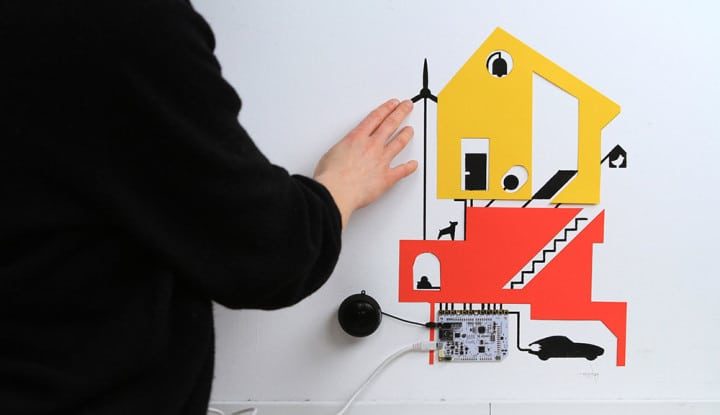
Three Things to Do to Prevent Water Damage in Your Home
Among many homeowners, water damage can be the most dreaded thing, because it may potentially cause widespread damage. Not only physical damage, just a slight, but constant humidity could cause mold and fungus to grow. The repair and cleanup tasks can be expensive. Most of the time, this problem can be resolved quite easily, if you detect potential problems quickly enough. Here are things you should do:
- Check the roof: Rain, dew and moisture can affect the upper side of your home. If your roof is in poor shape, your home will become more humid. The roof should become an effective protective umbrella for your house. You can’t skip checking the condition of the roof, because water damage can potentially occur. The roof is usually consisted of shingles, roofing felt paper and plywood. Over the years, these components may deteriorate and separate. Changes in humidity and temperature, as well as intense exposure to sunlight can be quite damaging to your roof. Inspect your roof for wear and tear, as well as the overall weathering.
- Check the gutters: When heavy rain falls and run down the sloping roof, water need to be caught and carried along, then diverted away from your house. Make sure that rainwater isn’t dumped directly against the walls and foundation. Even the strongest concrete wall and block can deteriorate and crumble when they are exposed to moisture for much of the year. If you are planning to build new house, consider fortifying the foundations with extra concrete barrier surrounding them. Make sure that you have a fully working gutter system in place. Water should always flow away from your house. If water tends to stand against the wall and foundation, you need to solve the problem immediately. Drain the water, instead of burying it. In fact, you also should dig out the water-saturated soil and replace it with completely dry soil. Install a proper drainage system, so water won’t come close to your house, ever.
- Install sealants: Regardless of your efforts, some amount of moisture could still seep into your house. Sealants and other waterproofing products can block some humidity. Sealants can be applied on wood or concrete, depending on the products. You should realize that paved sidewalk and driveway will start to deteriorate after being exposed to the element. They will crack and break apart. Pressure-treated wood is durable and strong, but they can be affected by rain and moisture as well. So, you also need to apply waterproofing coating on gazebos, decks and other areas that use wood components. With the right sealant, any exposed material in your house will last much longer. There are sealant products for just about any material style. Some of the waterproofing solutions may add new color or glossy effect to your material. So, you can choose those that match your design and preferences.
It takes much less effort to prevent water damage by doing the above tasks. You should do everything necessary to protect your home against the terrible effects of water damage.
Post a Comment
You must be logged in to post a comment.






1discerning
3bowling